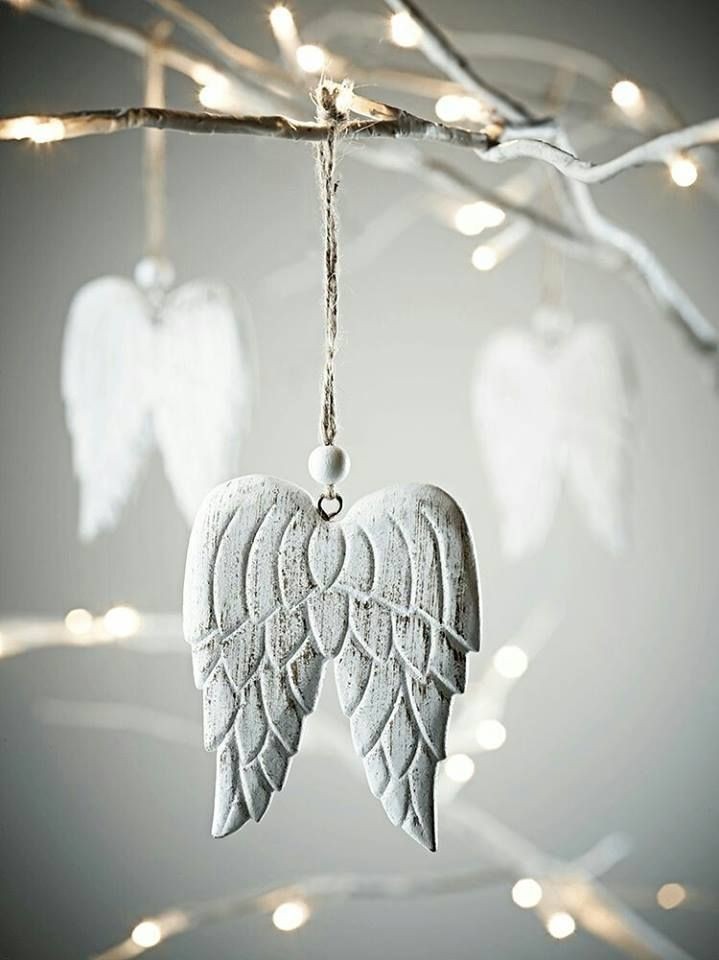Painting: Exploring Techniques...
- Koöko Fleurs
- Mar 1
- 3 min read
Updated: Mar 30

Embarking on your painting journey to delve into self-expression and creativity. Whether you're new to painting or looking to refine your skills, understanding the basics can empower you to explore your artistic potential with confidence. Learning fundamental techniques allows you to develop a deeper connection with your materials and better convey your ideas on canvas. It's not about perfection—it's about discovering your unique style and enjoying the process. With a few foundational methods, you'll be equipped to translate your imagination into vibrant works of art, turning every brushstroke into a moment of self-discovery.
Let's explore some fundamental painting techniques that will help you get started and express yourself creatively.
Here are a few techniques to begin with:
Brush Strokes
Experiment with different brush strokes to create various textures and effects. Try using short, quick strokes for a rough texture or long, smooth strokes for a more polished look.
Practice creating lines, shapes, and patterns with your brush to get a feel for how it moves on the canvas.
Color Mixing
Learn to mix colors to create a wide range of hues and shades. Start with the primary colors (red, blue, yellow) and mix them to produce secondary colors (orange, green, purple).
Experiment with adding white to lighten colors (tints) and black to darken them (shades).
Layering
Build up your painting in layers, starting with a background and adding details gradually. This helps create depth and dimension in your artwork.
Allow each layer to dry before adding the next to prevent colors from blending unintentionally.
Blending
Practice blending colors smoothly on the canvas to create gradients and transitions. This can be done by applying two colors next to each other and using a clean brush to blend the edges where they meet.
Try blending different shades of the same color to create a sense of light and shadow.
Dry Brushing
Use a dry brush with minimal paint to create a textured, scratchy effect. This technique is great for adding highlights and details to your painting.
Dabbing
Use a brush, sponge, or even your fingers to dab paint onto the canvas. This technique creates a stippled effect and can be used to add texture and interest.
Expressive Painting
Expressive painting focuses on conveying emotions and feelings through your artwork. Here are some techniques to help you express yourself:
Abstract Art
Embrace abstraction by focusing on shapes, colors, and patterns rather than realistic representations. This allows you to express emotions and ideas without the constraints of traditional forms.
Let your intuition guide you and experiment with spontaneous brushstrokes and color combinations.
Emotional Colors
Choose colors that resonate with your current mood or emotions. Warm colors (red, orange, yellow) can convey energy and passion, while cool colors (blue, green, purple) can evoke calmness and introspection.
Don't be afraid to use bold, vibrant colors or soft, muted tones to reflect your feelings.
Symbolism and Imagery
Incorporate symbols or imagery that hold personal significance. This could be anything from nature elements like trees and flowers to abstract symbols that represent specific emotions or experiences.
Use these elements to create a visual language that communicates your inner thoughts and feelings.
Texture and Movement
Experiment with different textures and techniques to add dimension and movement to your painting. Use thick layers of paint, palette knives, or unconventional tools to create unique effects.
Allow your brushstrokes to be free and dynamic, reflecting the energy and emotion you want to convey.
By exploring these techniques, you can find new ways to express yourself and create meaningful, therapeutic art.











Comments